Today, many commercial roofers are dealing with a large-scale problem—reinstalling and replacing leaky self-flashing skylights on commercial warehouses. I have seen firsthand how improper installation of self-flashing skylights has become a headache for commercial property owners.
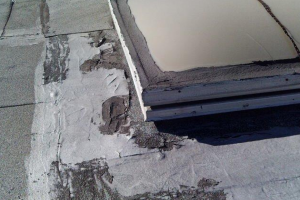
Many of the self-flashing skylights installed on commercial warehouse properties in the western Sunbelt states were installed improperly because they were installed first and foremost as fall protection for the open floor in the roof during construction by the builder and not by the roofer.
The cheapest and easiest way for skylights to be installed on these warehouses was to use self-flashing skylights. The metal curb or L bracket attached to the bottom of the skylight was, in theory, supposed to be set on top of the built-up roofing material and then stripped in, sandwiching the flange between he roofing layers. The result would be roofing material, then skylight, then more roofing material over the flashing on the skylight.
Unfortunately, many of the skylights installed on commercial warehouse properties in the western Sunbelt states were installed improperly because they were installed first and foremost as fall protection for the open floor in the roof during construction by the builder and not by the roofer. Our teams have seen thousands of these original self-flashing skylight installations where self-flashing flanges are set directly on the plywood roof deck, below all the roofing materials.
Most of the original roofers didn’t budget in the time and money it took to pull the skylight assembly apart from the roof deck and re-install it the proper way. Nor did they wash the oils off the new metal from the galvanizing process or use asphalt primer to prep the steel flanges of the assembly and ensure the roofing asphalt would stick properly. Over the years, as the metal of the skylight flanges expanded and contracted and the built-up roof did the same, but at a different rate, the roofing system eventually separated from the skylight, leaving a self-flashing skylight that’s now turned into what we jokingly refer to as a “self-leaking skylight”. This is part of the reason why everyone thinks skylights always leak.
The best way we’ve found to install leak-free skylights on a commercial warehouse roof, especially when re- placing the self-flashing skylights on an existing building, is to use a curb-mounted skylight. A curb-mounted skylight fits like a shoebox lid over a new curb the roofing contractor fabricates as part of the installation. This curbed design eliminates the metal flange and offers waterproofing redundancy in critical areas of the installation, so water can’t get into the building at the skylight opening. Because the new skylight is installed on a curb, it’s also much easier to address any future issues with the skylight or to replace it down the road if necessary. This especially comes in handy when owners lease to new tenants. New building occupancy regulations mean skylights may be required by municipalities to be changed out for smoke vents to comply with fire codes.
If you’re dealing with one or more self-flashing skylight leaks, there are a few things to keep in mind:
- Check if there is condensation on the inside of the skylight; a lot of skylights have a trough where condensation runoff will leak into the building.
- Be sure to check the juncture where the skylight and the roof meet (the skylight base flashing), which can sometimes include up to 5 inches of mastic at the base flashing.
- If the skylight has a frameless acrylic cap without a metal frame around the outside, check the acrylic dome for stress cracks. It is possible to replace some acrylic domes on some skylights but often the cost of an acrylic dome is roughly the same as the cost of a new skylight, and if you’re already considering installing a new roof with a 15- to 20-year warranty, it doesn’t make much sense to leave the “self-leaking skylight” frame in place. Replacing the skylights during the reroofing project is much more cost-effective than re- turning to replace skylights later. In addition, skylight technology is far better now than it was 15 or 20 years ago (think about today’s impact-resistant polycarbonate and better UV and fall protection).
Above all else, don’t let self-flashing skylights give you and your roofing business a bad name. Instead, address the issue with your commercial clients and educate them about the best choices for their skylights and how they can stay current with the International Building Code and municipal codes. You’ll be helping them protect one of their biggest assets by ensuring their skylights stay leak-free.
PHOTOS: Highland Commercial Roofing

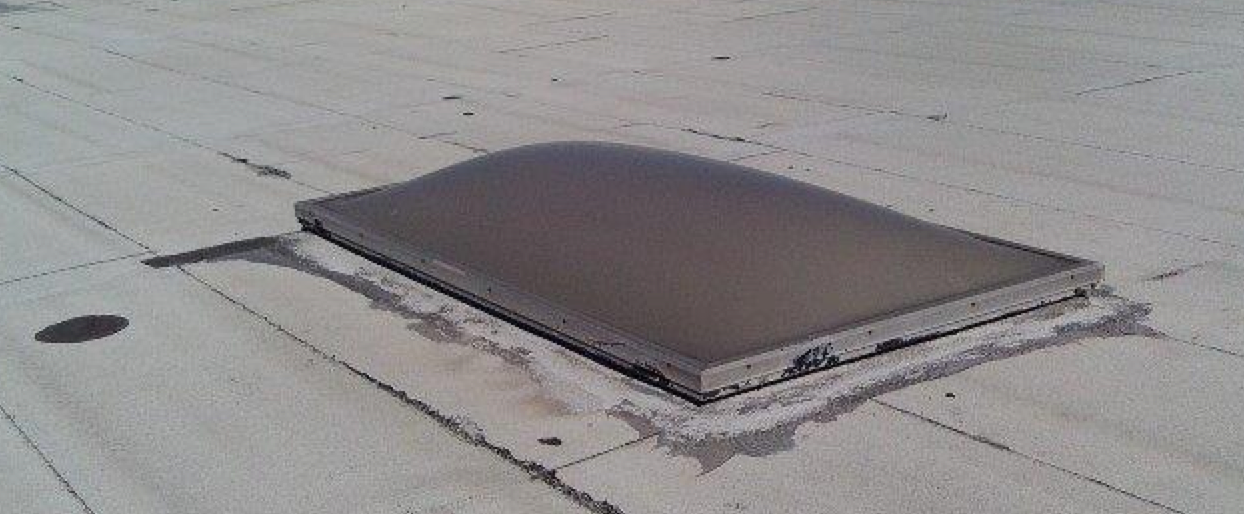
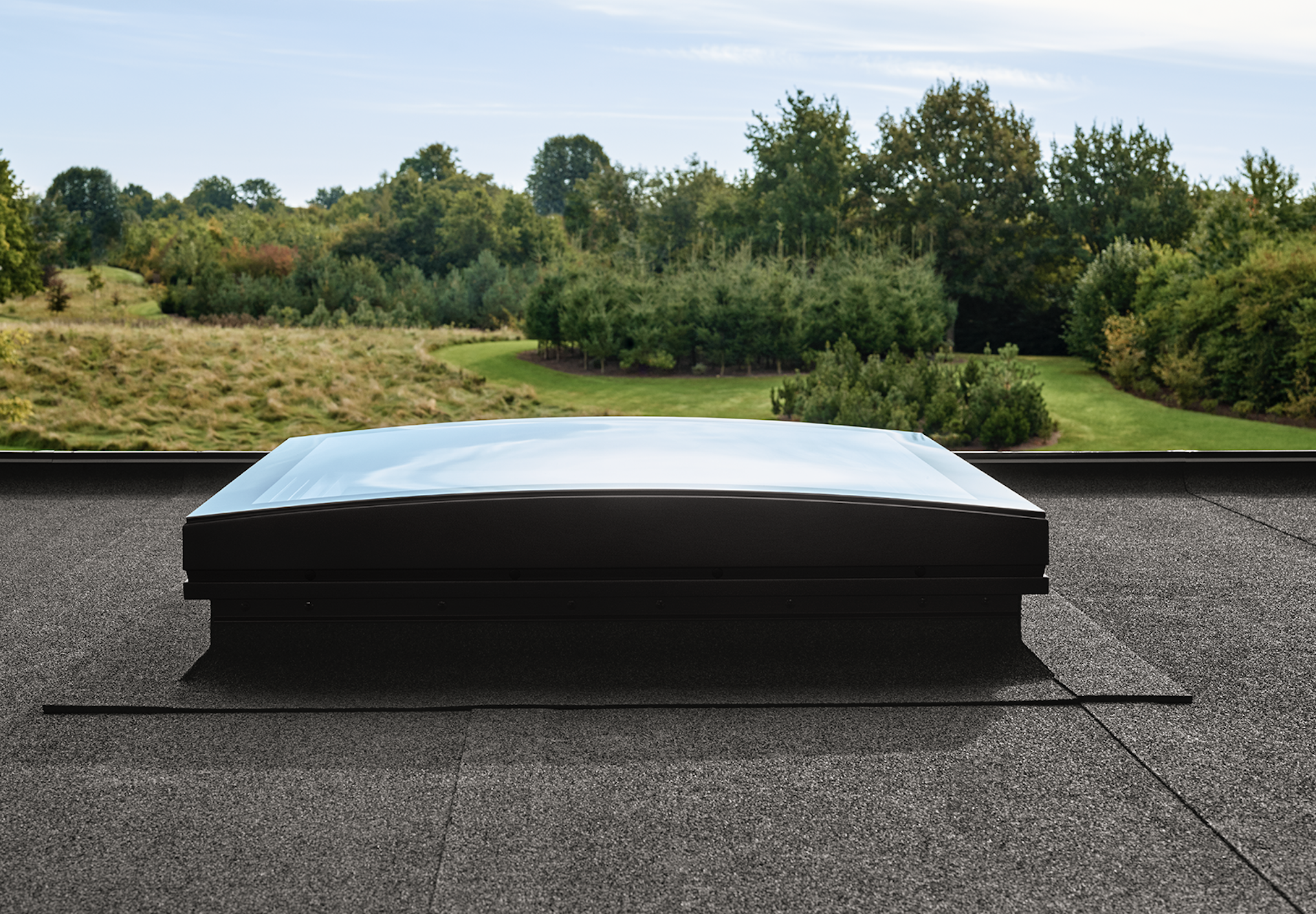
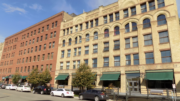
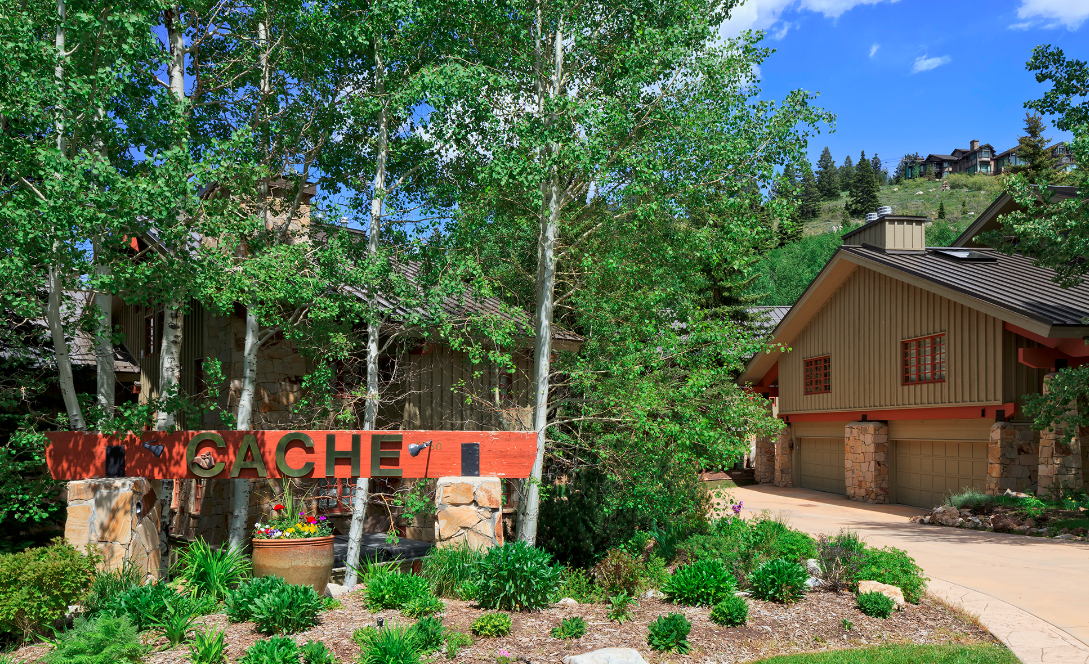
Great piece Rick. Well thought and explained.